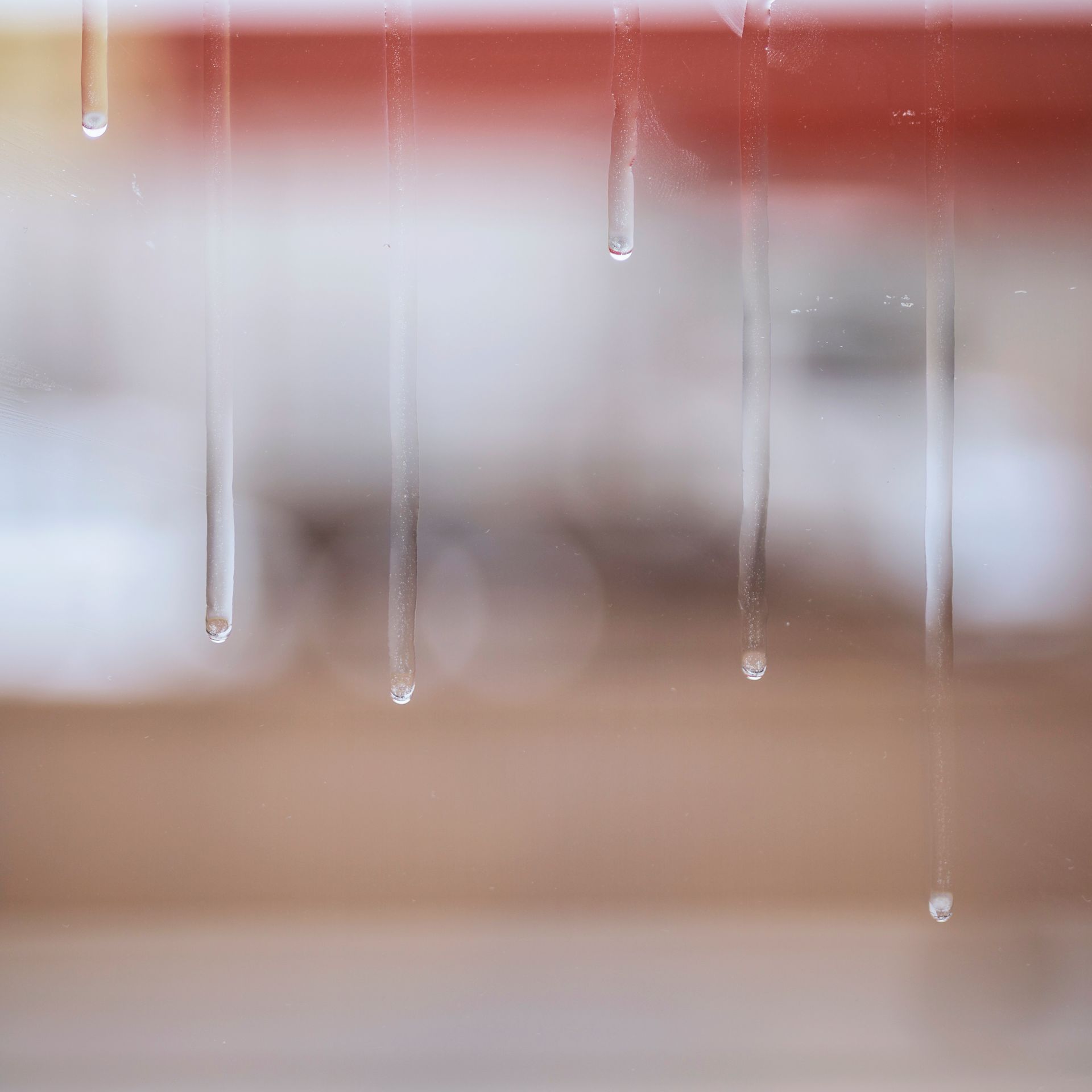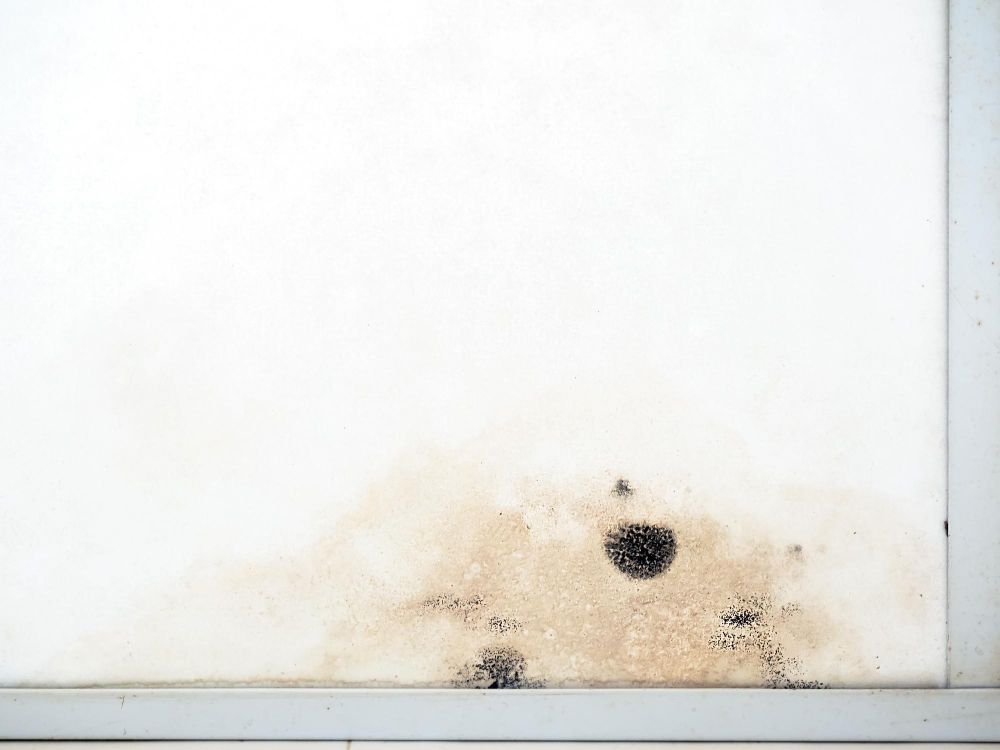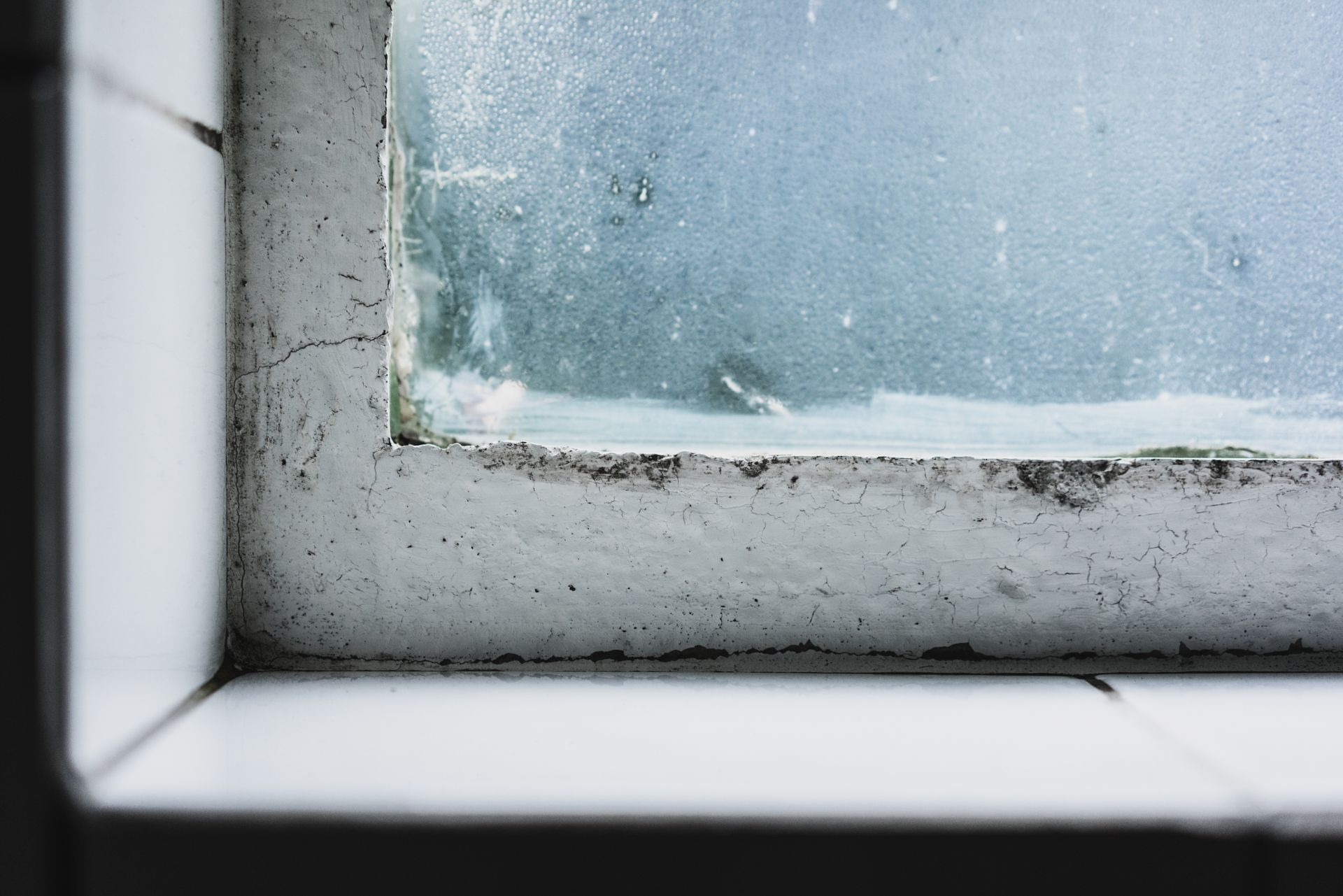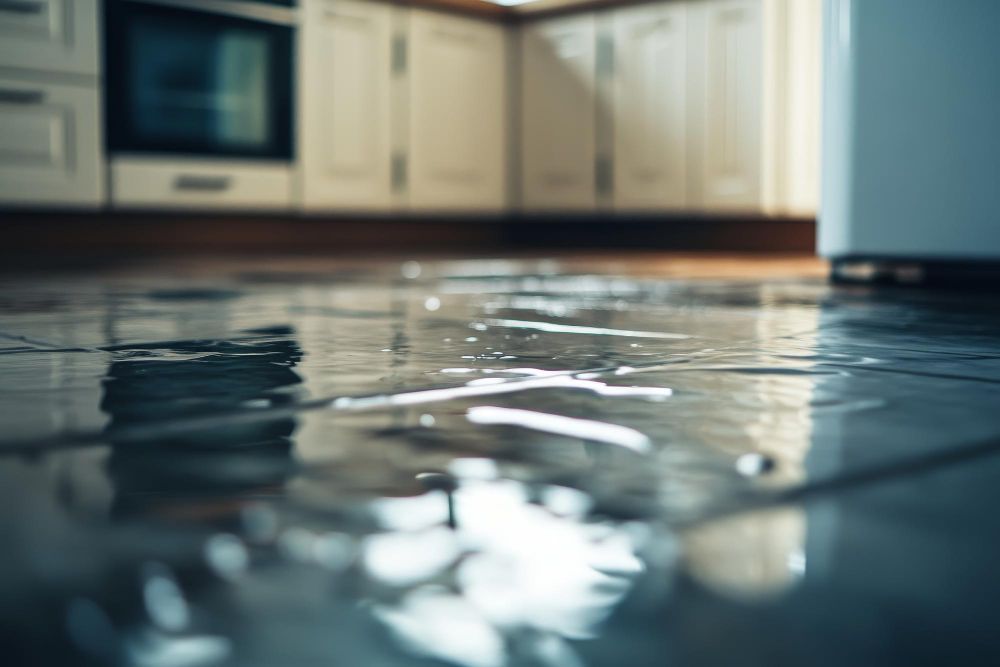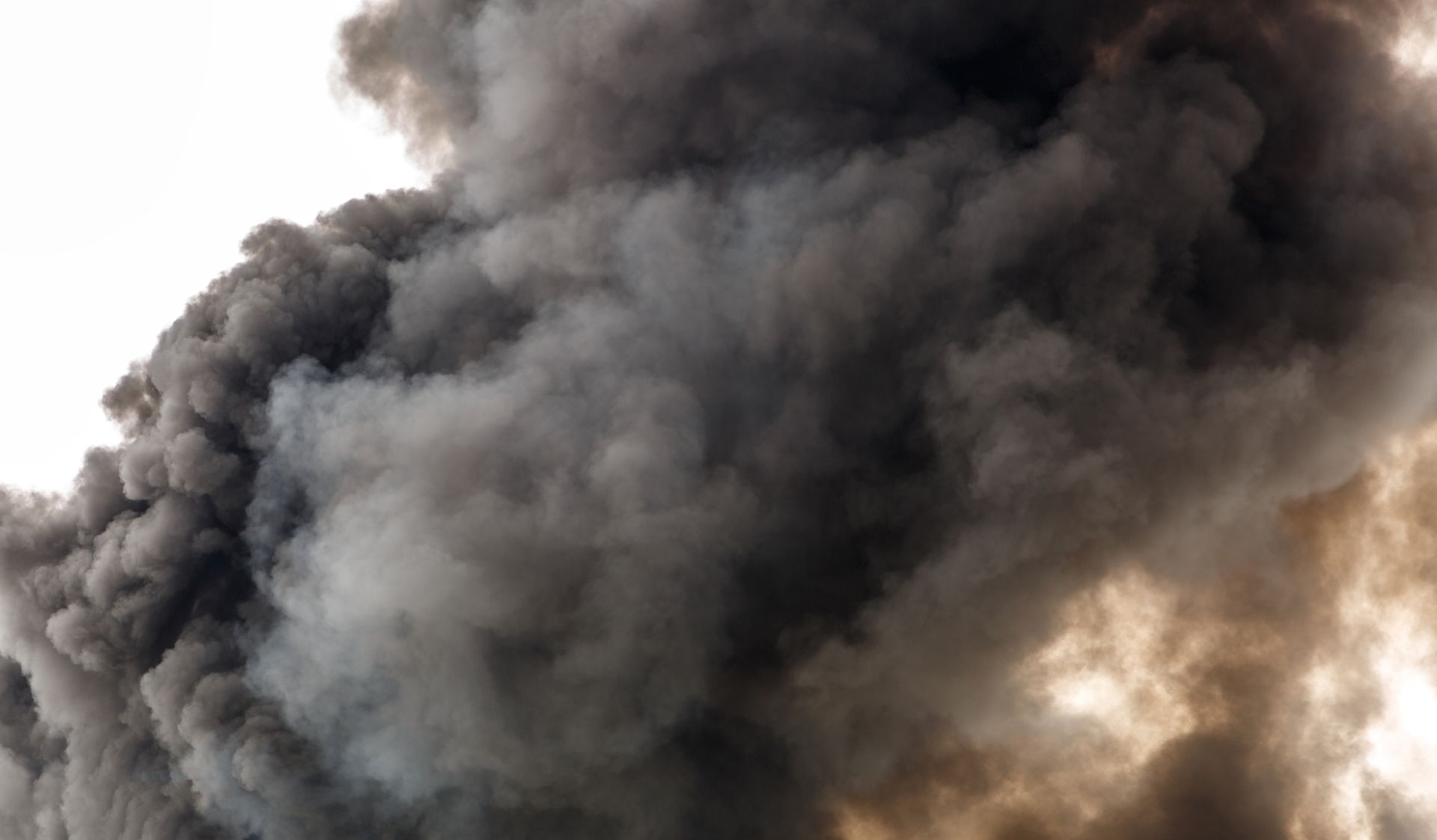Stormproofing Your Home in Three Easy Steps
Stormproofing Your Home in Three Easy Steps
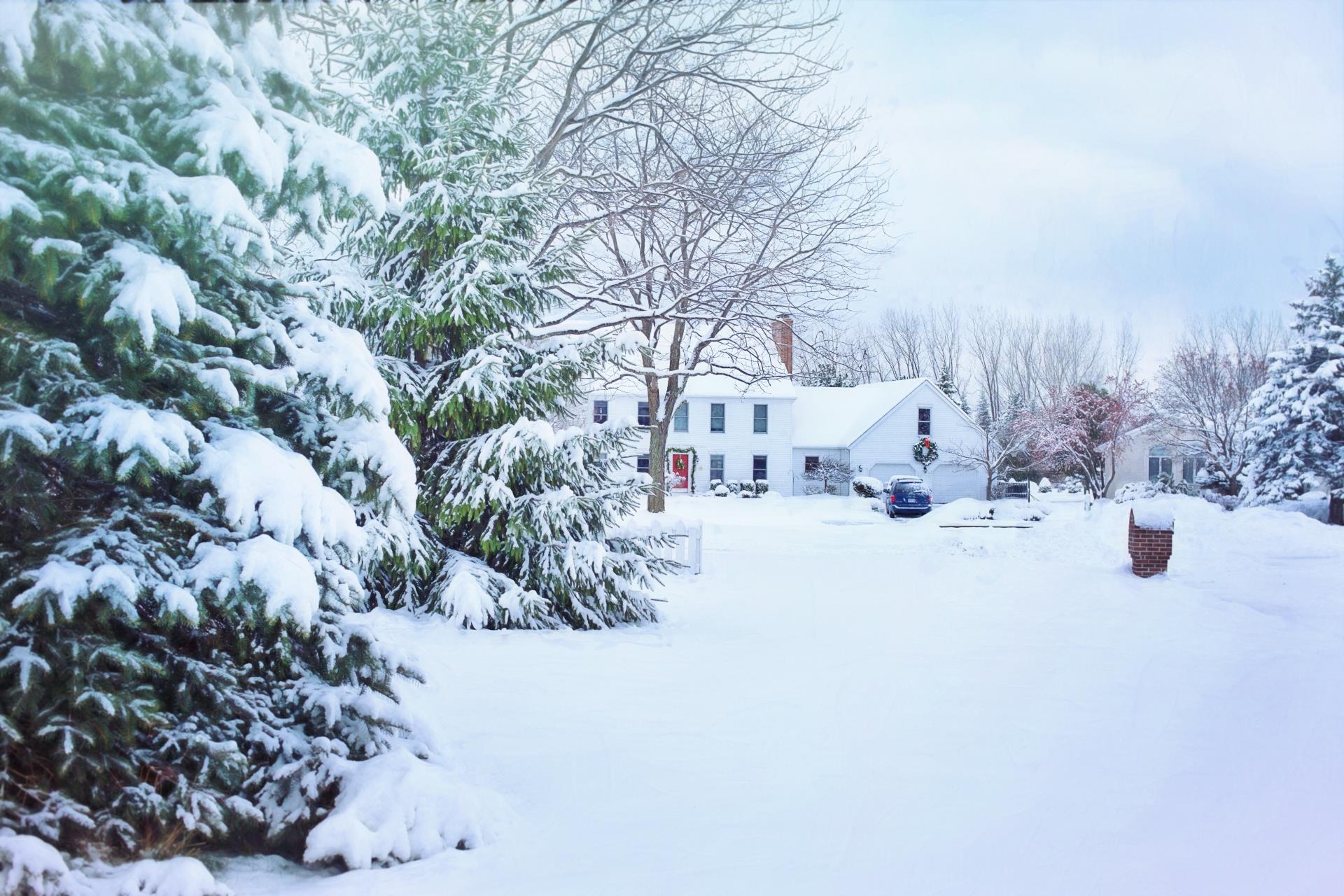
Storms may be a significant threat to your house, and one of the most worrisome aspects is that there's nothing you can do to forecast when they'll strike, how strong they'll be, or what precautions you can take to protect yourself from Mother Nature's wrath.
Storms are particularly hazardous because of their element of randomness, but that doesn't mean you can't protect yourself and your house from them.
This is especially true if you live in a region where storms are often since it provides you with the rationale to make more extensive improvements to your property.
Sealing any air leaks in the outside walls might be one of these modifications (therefore keeping moisture and the wind at bay). You should also choose higher-quality fixtures and fittings to guarantee that your property is structurally solid and unlikely to be destroyed easily in the case of a storm.
Here are three storm-proofing strategies to consider:
Fixtures and fittings of better grade should be used.
Investing in high-quality fixtures and fittings is a wonderful method to guarantee your house is stormproof. It may appear to be a little matter, but these fixtures account for a significant portion of your home's livability. Brackets, glue, and nails, as well as more crucial elements like damp-proofing, must be durable and long-lasting.
Cutting shortcuts on features like these is a false economy since a strong storm will soon stress-test these components, and if they fail, you might be stuck with a hefty charge.
Any cracks in the outside walls or roof should be filled.
Water leaks are one of the most dangerous hazards posed by storms. While you would think that large structural failures (such as a hole pierced in the roof) cause leaks, the majority of the time, leaks are caused by minor gaps in the exterior walls or roof.
To avoid this, ensure that the outside walls and roof lining are completely sealed, that there is no existing moisture on the property, and that the situation is constantly monitored in the case of a storm. You should have no problems as long as you've followed these precautionary procedures.
Keep an eye out for potential dangers in your location and concentrate on them.
While it is impossible to estimate how much damage a storm will cause before it occurs, you can identify potential areas of risk and concentrate on reducing the hazard they pose.
If you live in a flood-prone location, for example, it's a good idea to focus on preventing water from entering your property with sandbags or specialized flood-barrier equipment.
Alternatively, if severe winds are your greatest concern, consider cutting (or at the very least chopping down) any tall trees that surround your property.
Overall, when it comes to defending your property against storms, it's better to consider the larger picture. It's pointless to be concerned about risks that are beyond your immediate control, so don't obsess over the weather prediction or keep yourself awake at night fretting about it. Instead, buy yourself some peace of mind by concentrating on areas of current danger and adopting precautionary actions.
Call Restoration 1 of North Georgia 24 hours a day, 7 days a week for aid with storm damage restoration.
